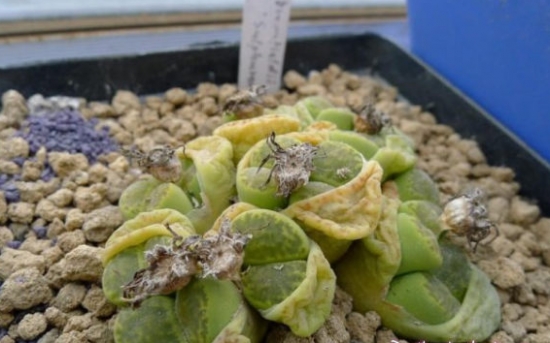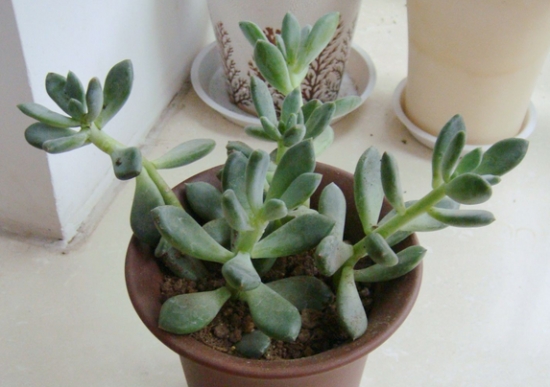Black rot is terrible. Let's talk about how to prevent black rot of succulent plants.
The black rot of succulent plants dies too quickly and is extremely difficult to treat, so let's take a look at how to prevent the black rot of succulent plants.

How to prevent black rot of succulent plants
1. Choose succulent plants that are easy to raise.
Choosing the succulent plant culture of vitality Johnson is the best way to prevent succulent plant black rot. General goods like Dongmei are basically fine. There are also succulent plants like twelve rolls, which basically do not attract insect pests. Of course, this does not mean that everyone must choose to buy meat in this way, as long as they are prepared to lose it, it is OK to buy meat that is easy to hang.
2. Select the soil with good air permeability and good water control.
The general mixed succulent soil on the market, the particle content is very high, in fact, Jerry-building is everywhere, after all, in order to make money, lower costs is the source of profit. The general mixed succulent soil is not only dense, it is not easy to absorb water, but it will harden over a long time, and it is easy to breed germs and worms. No matter how long it takes, the roots will be stuffy, coupled with bad weather. Succulent just because such soil will kill and injure more than half. Black rot is easy to occur in dense soil. When the root is stuffy, there are wounds in the water, and the germs take advantage of the deficiency. As a result, people who have raised meat for a long time will find that with a large proportion of granular soil, or even whole particles, as long as under normal maintenance and normal weather conditions, succulent mortality will be greatly reduced. Because granular soil, especially 6-12mm granular soil, the gap between particles is relatively large, which can provide adequate air circulation and remove excess water. The best effect of granular soil is red jade soil, and the most economical is volcanic rock. The more soil particles are used, the better it is to avoid black rot.
3. The bottom of the basin must be covered with drainage.
Generally speaking, we will choose ceramsite or pebbles to be at the bottom, which can effectively remove excess water, increase the space of air circulation and water distribution in the basin, and avoid black rot in the case of high temperature and humidity. Without drainage, black rot is more likely to occur.
4. Try to avoid paving, or use granular soil to surround the pavement.
- Prev

Can succulent plants be saved after frostbite? Moving to an air-conditioned room may die faster!
If the frostbitten succulent plants are taken directly from the sub-zero ambient temperature into the air-conditioned room of 20 or 30 degrees, they may die faster, so how should we save the frostbitten succulent plants?
- Next

Understand the reasons for the excessive growth of succulent plants and make your succulent plants fat.
The succulent plant will grow too much when the light is weak and the watering is too much. The stem of the succulent plant becomes slender and the leaves become thin and narrow, which seriously affects the appreciation value of the succulent plant that should be fat. So how to make
Related
- Wuhan Hospital Iron Tree Blooming Result Was Instantly Frightened by the Gardener Master
- Which variety of camellia is the most fragrant and best? Which one do you like best?
- What is the small blue coat, the breeding methods and matters needing attention of the succulent plant
- Dormancy time and maintenance management of succulent plants during dormancy
- Minas succulent how to raise, Minas succulent plant pictures
- What are the varieties of winter succulent plants
- How to raise succulent plants in twelve rolls? let's take a look at some experience of breeding twelve rolls.
- Attention should be paid to water control for succulent plants during dormant period (winter and summer)
- Watering experience of twelve rolls of succulent plants
- Techniques for fertilizing succulent plants. An article will let you know how to fertilize succulent plants.

